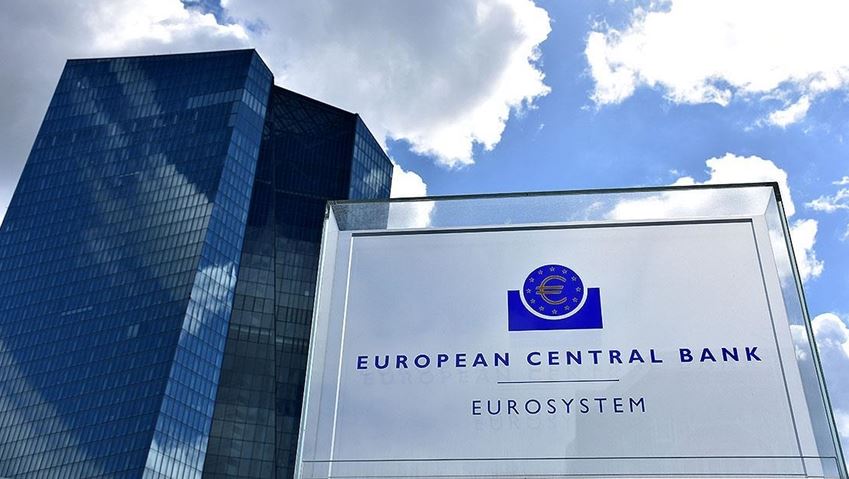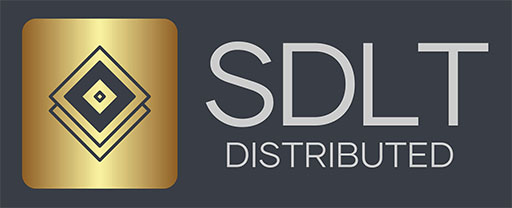
ECB Introduces Dual Approach To DLT Settlements
The European Central Bank (ECB) has started a strategic project to introduce distributed ledger technology (DLT) to its financial settlement systems. The goal is to update Europe’s monetary infrastructure while also dealing with the growing power of stablecoins.
The short-term “Pontes” and long-term “Appia” projects, which were announced on July 1, 2025, are part of a dual-track approach to making sure that central bank money is used for safe and efficient settlements. This is in response to the threats posed by private stablecoins like USDC and Tether.
Pontes: Bridging DLT with TARGET Services
The goal of the Pontes project is to make it possible for DLT platforms to work with the ECB’s TARGET Services, which already handle interbank and securities settlements. By the third quarter of 2026, Pontes will start a test phase that will let banks and other financial institutions settle DLT-based transactions in central bank money.
3 This is based on the Eurosystem’s 2024 exploratory study, which had 64 participants and over 200 transactions totaling €1.59 billion. It showed that DLT may speed up transactions and lower the risks of settlement.
The pilot will include features that were tested in 2024 and will meet the operational, legal, and technological criteria set by TARGET Services. The ECB will think about more DLT trials to improve the system until the pilot starts.
Appia: A Plan for Long-Term Integration
The Appia program looks to the future and wants to build a complete DLT-based ecosystem for all global financial activities, including settling payments across borders. Appia is different from Pontes in that it focuses on long-term innovation and looks into native DLT settlement solutions.
This project fits with the ECB’s goal of making the European financial market more unified while also making sure that the system works with other markets across the world. The Eurosystem wants to work with both public and commercial stakeholders. To do this, they will set up special market contact groups to keep the conversation going and encourage new ideas.
Fighting the Dominance of Stablecoins
The ECB is pushing for DLT integration in part because US dollar-backed stablecoins are becoming more popular. These coins have a market value of nearly $215 billion. By making central bank money the first choice for settlements, the bank wants to lower risks, including credit risk and reliance on solutions from outside of Europe.
This plan backs up the EU’s MiCA rule, which makes it clear how stablecoins will be regulated while also encouraging new ideas. The ECB’s work shows how much it cares about a sovereign digital financial environment.
The ECB’s dual-track DLT policy is a key step toward bringing Europe’s financial infrastructure up to date. The ECB combines short-term implementation with long-term innovation by launching Pontes and Appia. This makes sure that safety, efficiency, and sovereignty are maintained in the face of stablecoin problems.
The ECB’s plans might change the global financial landscape as the pilot phase approaches in 2026, strengthening Europe’s dominance in the digital economy.
